Tosa Mahoroba Road
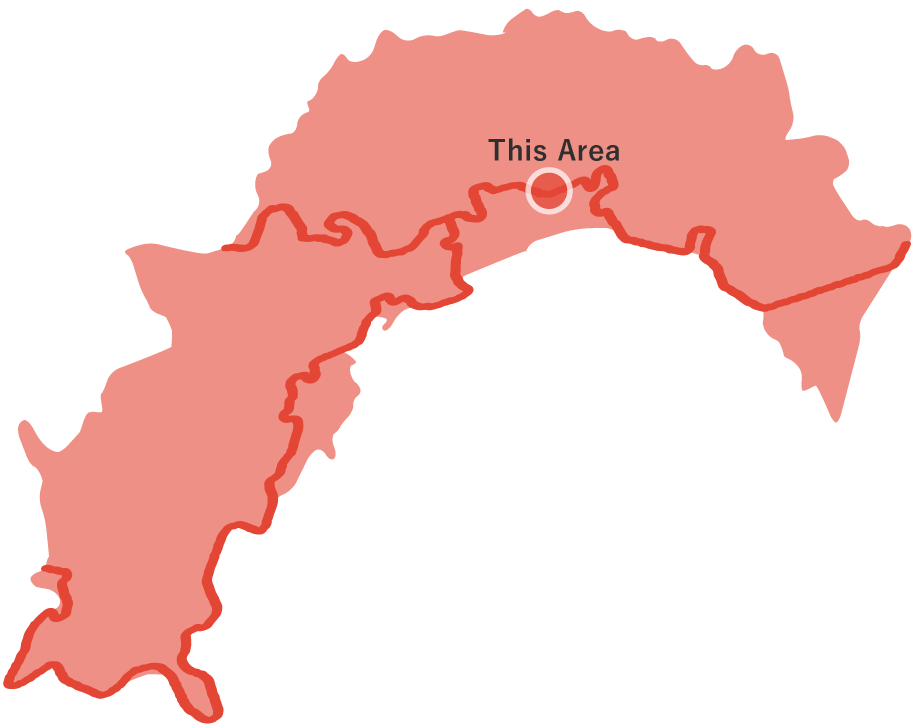
Tosa Mahoroba Road
It is the 10.5 km trail from Tosayamada (Kami City) to the Oko Castle Ruins in Oko (Nankoku City) crosses the Kacho Plains to form the Tosa Mahoroba Road. You walk along a flat trail while enjoying the rural scenery. You can visit many historical sites such as the site of Ki no Tsurayuki's residence, Kokubunji (29th temple of the 88 temples of the Shikoku Pilgrimage), and the site of Oko Castle, which was the residence of the Chosokabe clan for generations. In particular, Mt. Oko, where the ruins of Oko Castle are located, is maintained and managed as the "Mt. Oko Historical Park" and houses the Kochi Prefectural Museum of History, which displays materials related to the Chosokabe clan and materials related to the history and culture of Tosa.
Tosa Mahoroba Road(10.5km)

 Spots to photograph
Spots to photograph
If you wish to receive a certificate, please take a photo that includes yourself at the designated photo point for each course.
Nearby sightseeing spots

-
1
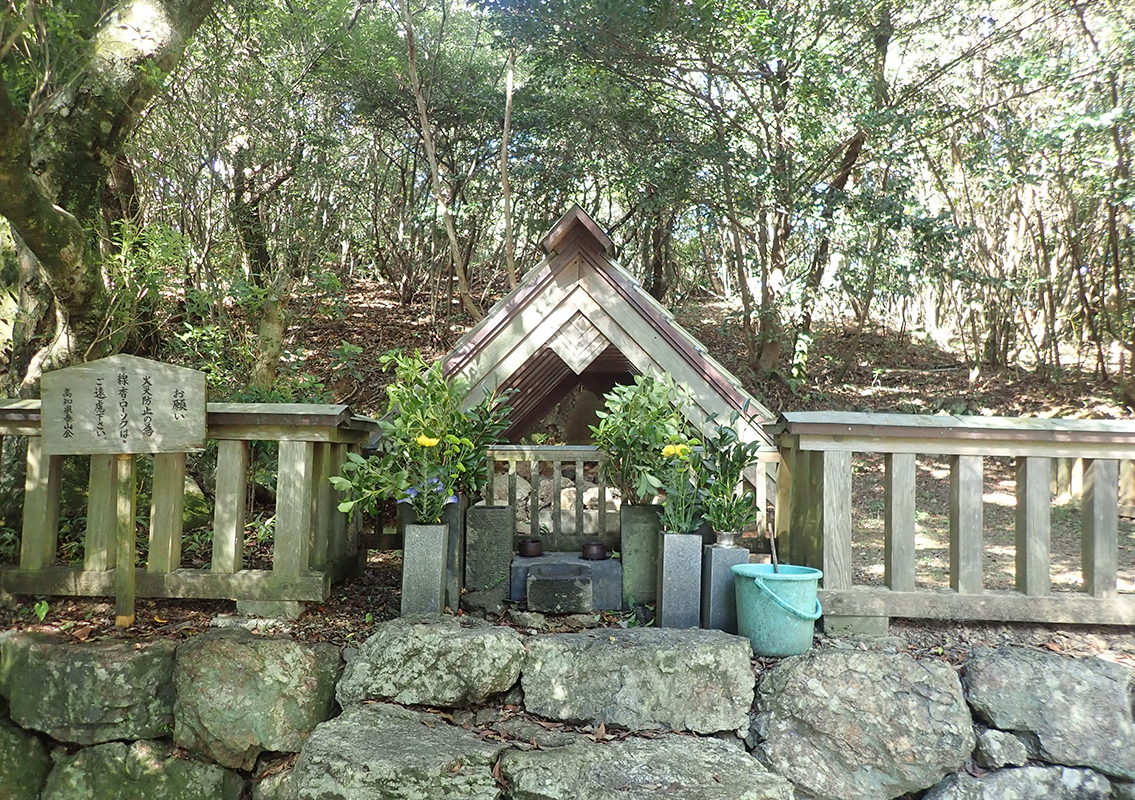 Tomb of Tani Shigeto
Tomb of Tani ShigetoTani Shigeto, whose surname was Jinzan, was born in 1663 as the third son of a Shinto priest in Oko Hachiman. He studied Neo-Confucianism, Shintoism, national history, astronomy, and calendar studies, and had a promising future. But at the age of 45, he was falsely accused and imprisoned here. He died in 1718 at the age of 56, but no tombstone was made, following the Tani clan's admonition that "enlarging the grave will eventually destroy the family."
-
2
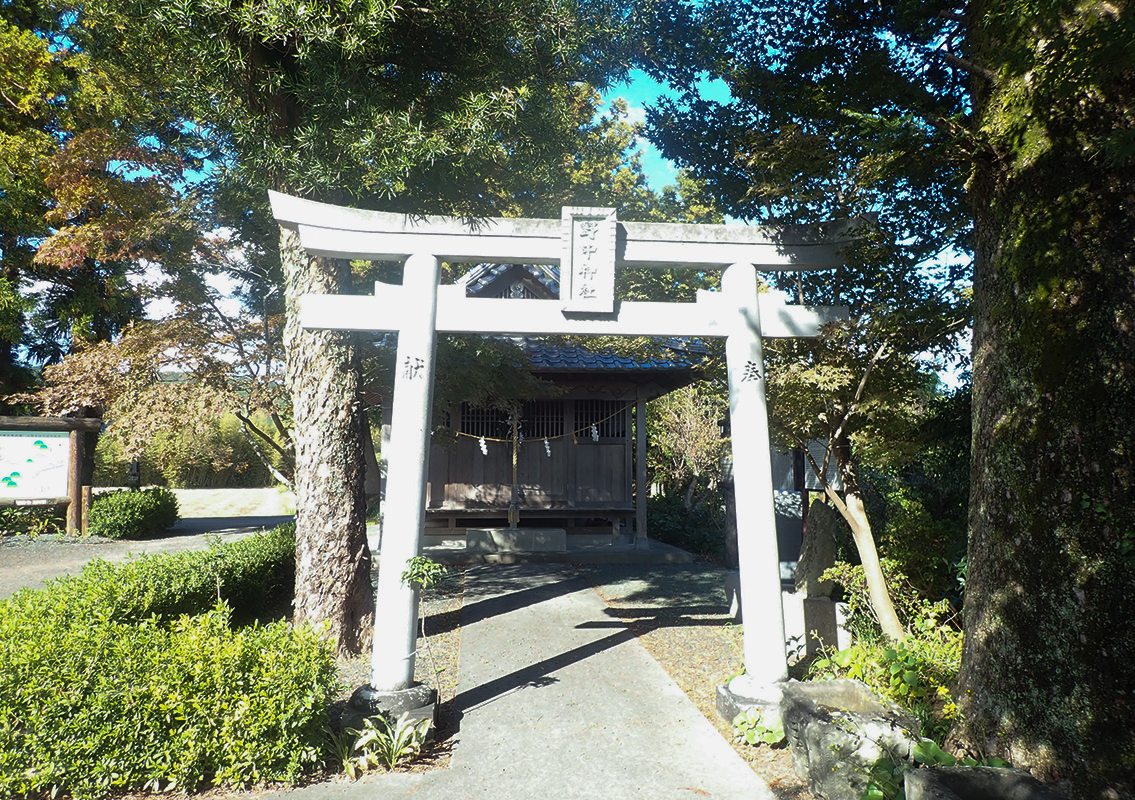 Nonaka Shrine (Oendo)
Nonaka Shrine (Oendo)In 1708, after Kaneyama's death, his fourth daughter, En, built an ancestral shrine with Mr. Furumaki (Kaneyama's former vassal) in order to enshrine her father. This Nonaka Shrine is called Oshido, and has a quiet appearance that retains the vestiges of those days.
-
3
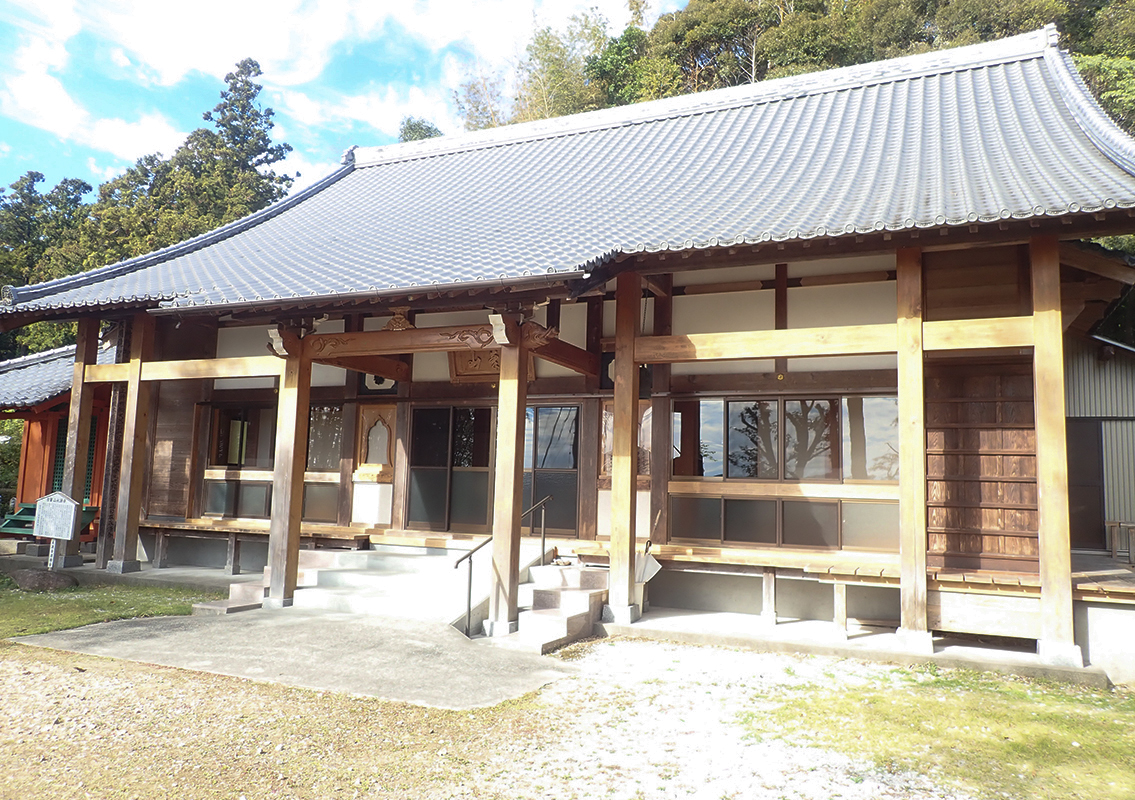 Eigenji Temple
Eigenji TempleIt is said to have been founded by Yamauchi Bingo no Kami Hikosaku, a chief retainer of the Tosa domain. The principal object of worship is Avalokiteshvara, and it’s the 33rd Avalokiteshvara of Tosa Province and the 11th Sacred Site. In the past, it was a subdivision of Eiheiji, the head temple of the Soto sect of Buddhism, and was called Kanonji, serving as a temple to ward off demons. But after Tosa came under the rule of Kazutoyo Yamanouchi, it became Furumineyama Kanryuji Temple. It was destroyed by fire in 1708, but was rebuilt as Eigenji Temple the following year. In the back, there are 10 tombstones called "egg towers", which are the graves of the Inui clan, chief retainers of the early Tosa domain.
-
4
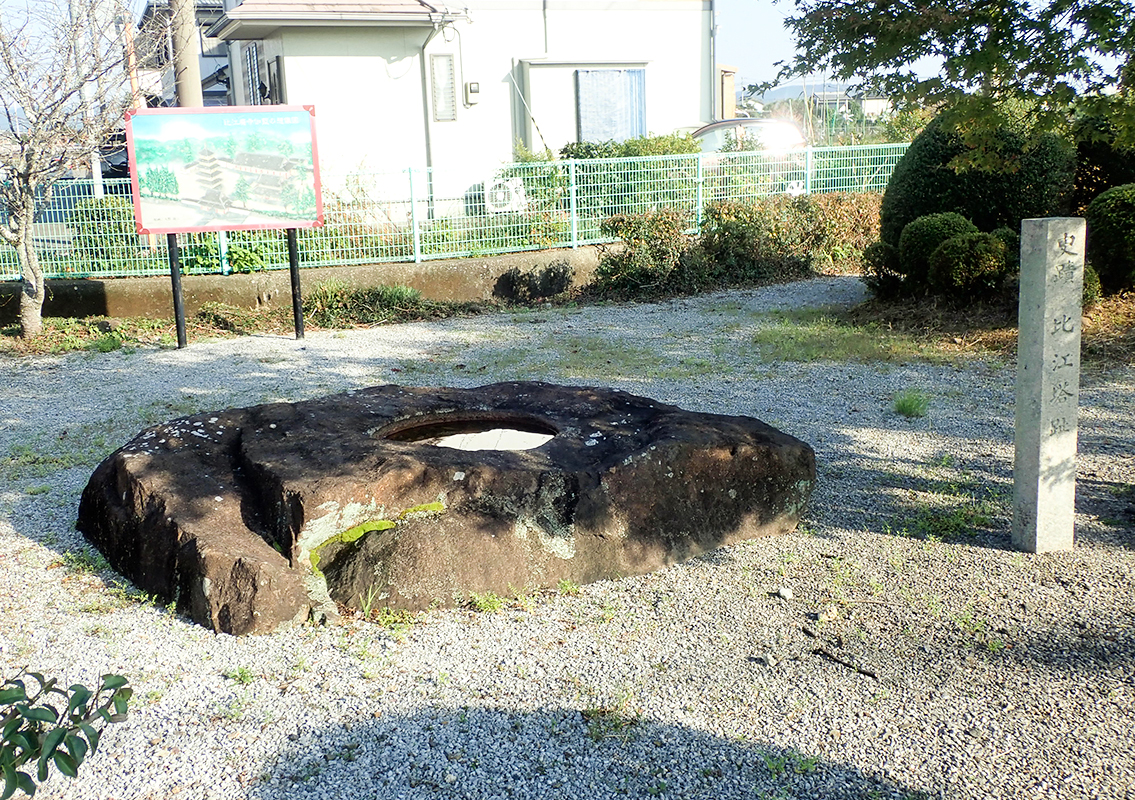 Hie Temple Ruins
Hie Temple RuinsLocated at the Doi Residences of Hie Temple (Nankoku City), it is designated as a national historic site and is the oldest temple site in the prefecture. Based on the size of the base stone of the tower, it is estimated that the tower was about 32 meters high.
-
5
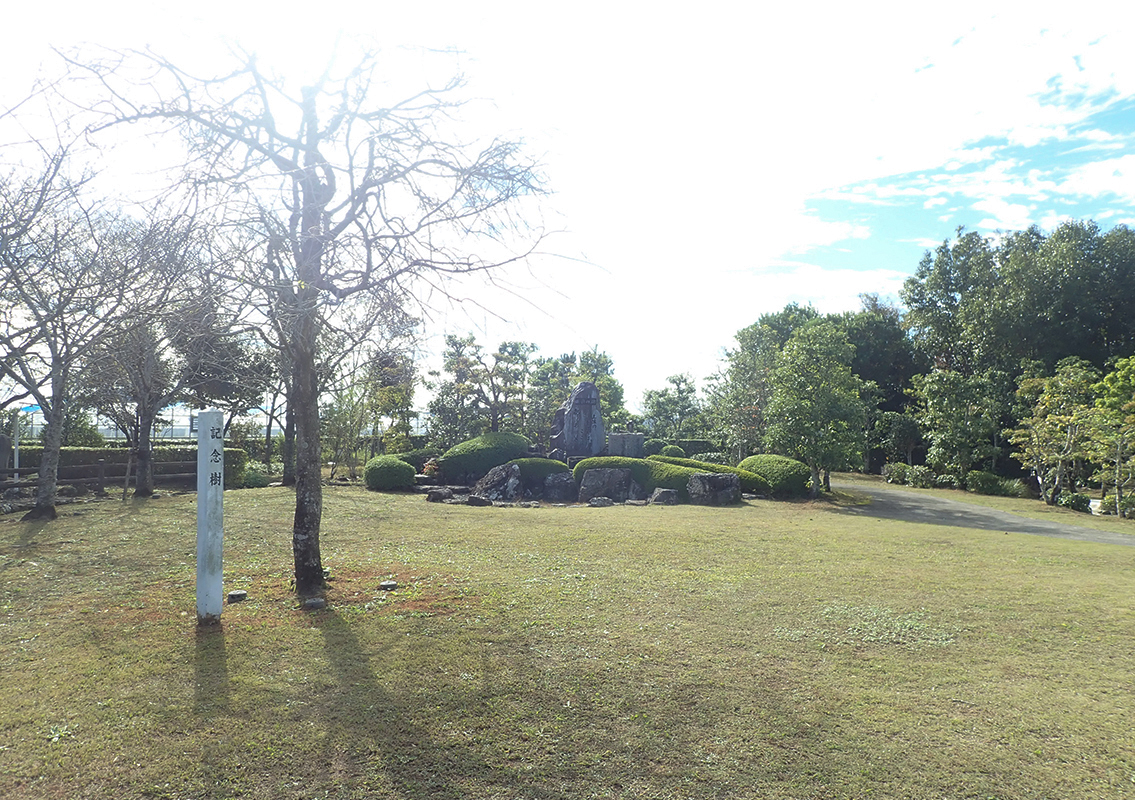 Kino Tsurayuki’s residence
Kino Tsurayuki’s residenceTsurayuki served as provincial governor of Tosa for about four years from 930, and his "Tosa Diary," which describes the voyage from Tosa to Kyoto, is famous as Japan's first diary literature.
-
6
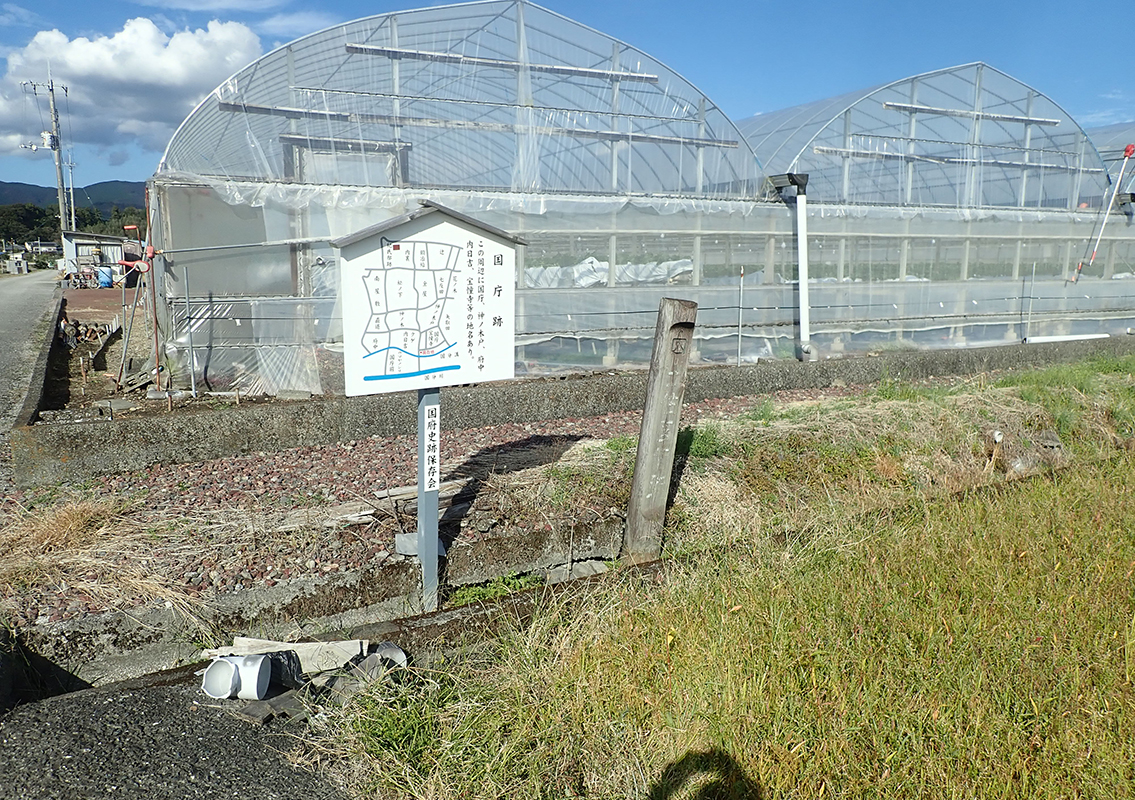 Tosa Provincial Office Ruins
Tosa Provincial Office RuinsIn the Nara period, the provincial office of Tosa (equivalent to modern prefectural office), was reportedly located here, and it is a designated historic site of Kochi Prefecture. The entire area is currently covered by fields, with no trace of any ancient structure.
-
7
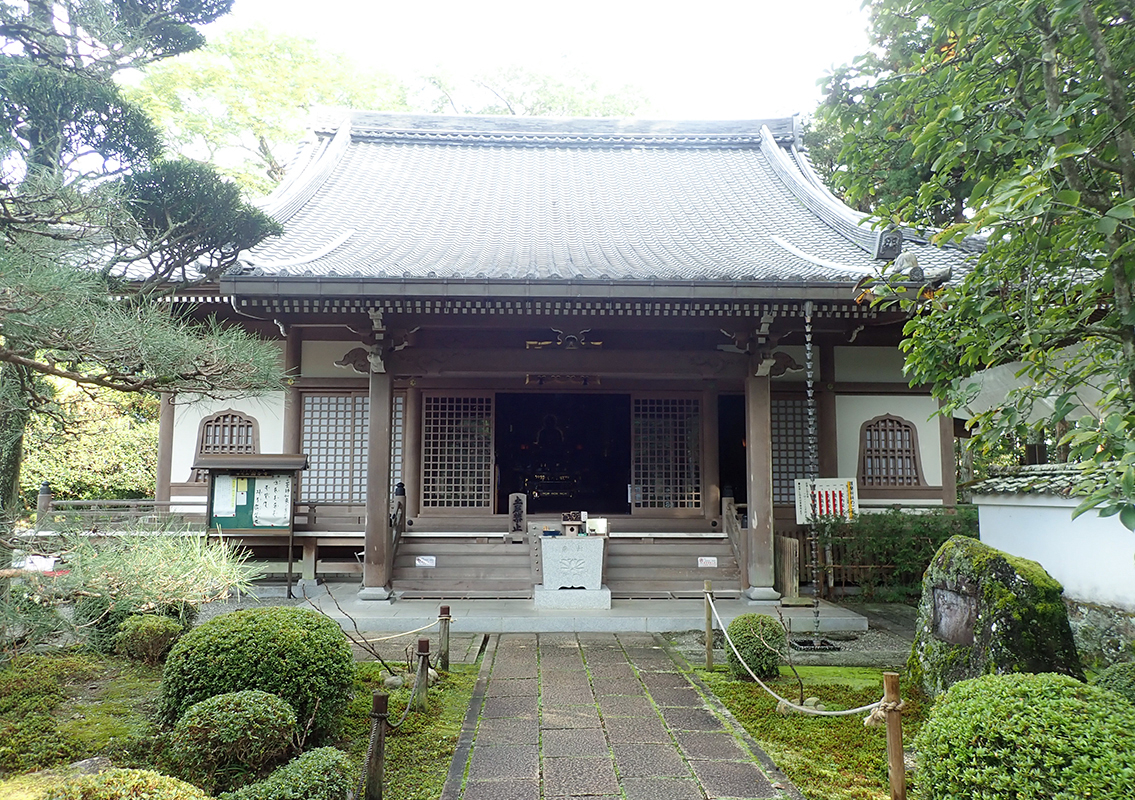 Kokubunji
KokubunjiIt is the 29th Fudasho of the 88 temples of the Shikoku Pilgrimage. It is one of the Kokubunji temples that were built for each country in Japan in 739 by Emperor Shomu's imperial request. Tosa Kokubunji is considered the foundation of these temples, and Gyoki was reportedly the founder.
-
8
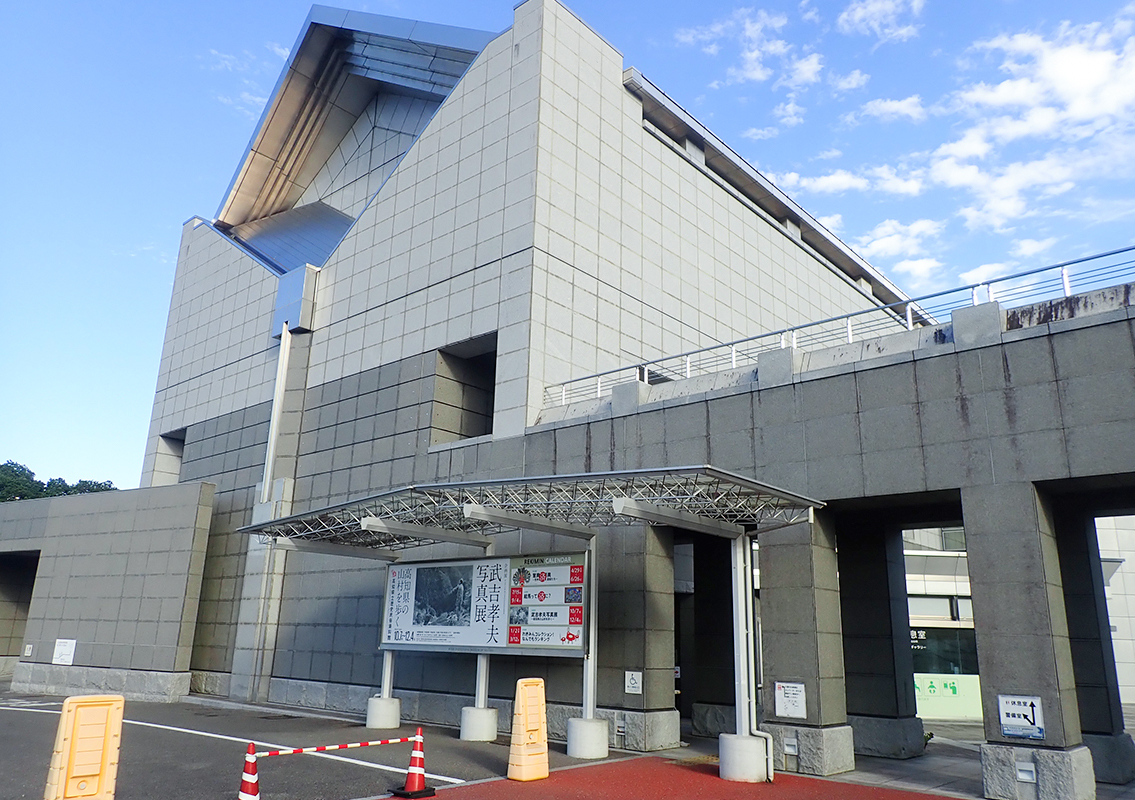 Oko Castle Ruins
Oko Castle RuinsIt is not clear when the castle was built, but it was believed to have been the residence of successive generations of the Chosokabe clan, who dominated central Tosa during the Middle Ages. Mt. Oko (where the castle ruins are located) houses the Kochi Prefectural Museum of History, which presents materials related to the Chosokabe clan and the history, culture, and lifestyle of Tosa.



